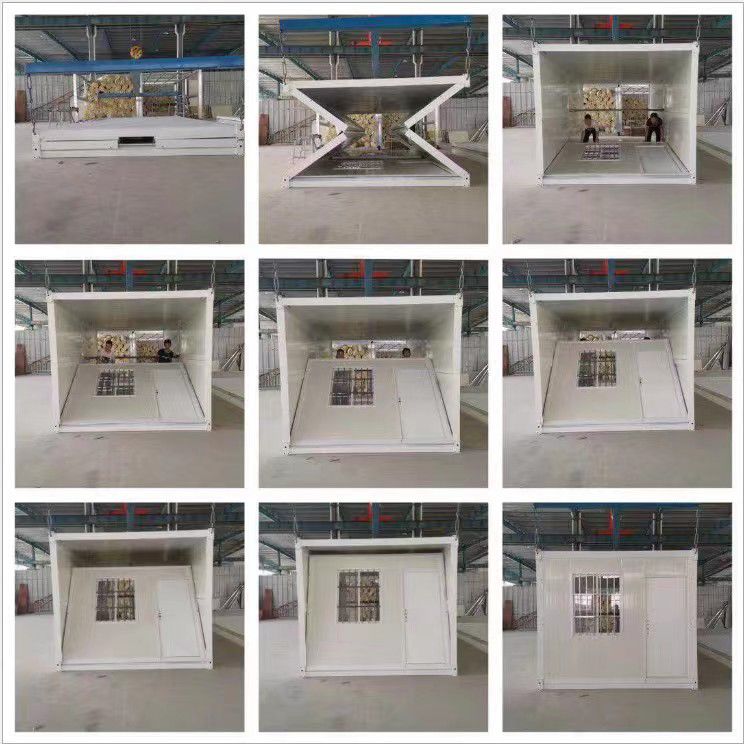Manufactured homes, factory-built or prefab homes, have come a long way since their inception.Initially, these homes were associated with low-quality and temporary housing options. However, they have evolved and undergone significant advancements over the years, becoming a popular and viable alternative to traditional site-built homes in California. Here, you can explore the history, evolution, and advancements in Manufactured Homes.
The concept of factory-built housing can be traced back to the early 20th century when companies began producing pre-cut homes shipped to various locations for assembly. These early forms of manufactured homes were often basic and lacked the sophistication of modern designs. But, many Americans benefit from this affordable housing option.
In the 1940s, the demand for housing increased significantly. It led to the mass production of manufactured homes. These homes were primarily constructed using steel frames and aluminum siding.
Evolution of Manufactured Homes
In the 1970s, manufactured homes faced challenges due to quality concerns and a lack of standardization. However, the industry responded by implementing stricter regulations and improving construction standards. It resulted in better-built homes with improved energy efficiency, durability, and quality.
Over time, manufactured homes evolved to incorporate more design options and customization. Today, homeowners can choose from various floor plans, architectural styles, and interior finishes to suit their preferences and lifestyles. The stigma associated with manufactured homes has diminished as they have become more visually appealing and comparable in quality to a site-built New Modular Home.
Advancements in Factory-Built Housing
● Structural Integrity
Modern manufactured homes are built using advanced construction techniques and high-quality materials, ensuring structural integrity and durability. Steel frames, reinforced foundations, and improved building codes contribute to their overall strength and longevity.
● Energy Efficiency
Energy efficiency has become a key focus in the advancement of manufactured homes. These homes use improved insulation, energy-efficient windows, and energy-saving appliances. It helps reduce energy consumption and lower utility costs for homeowners.
● Customization Options
Today's manufactured homes in California offer a wide range of customization options. You can choose from various floor plans, layouts, and other features.
● Sustainable Materials
Using sustainable and eco-friendly materials is another notable advancement in factory-built housing.Manufacturers are incorporating recycled and renewable materials into the construction process,reducing waste and minimizing the environmental impact of manufactured homes.
● Smart Home Technology
With the integration of innovative home technology, tiny homes can offer you increased comfort, convenience, and energy efficiency. It will enhance the overall living experience and allow for remote control and automation.
Conclusion
The evolution and advancements in manufactured homes have transformed them into desirable, affordable housing options. From their humble beginnings as simple pre-cut homes to the sophisticated and customizable dwellings of today, manufactured homes offer a range of benefits to homeowners. Improved construction standards, energy efficiency, customization options, sustainable materials, and smart home technology have contributed to these factory-built homes' overall appeal and functionality.
With continued advancements and innovation, manufactured homes will likely grow in popularity as an attractive alternative for those seeking quality, affordable, and customizable housing solutions.

